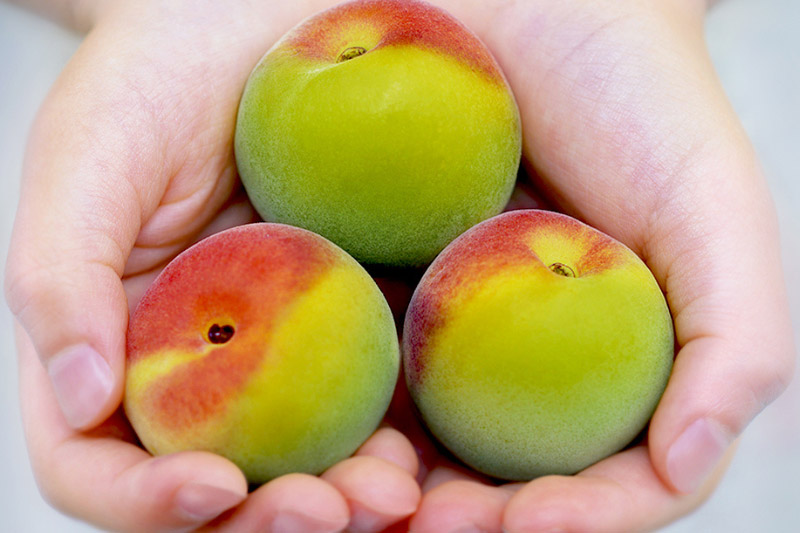What is Ume?
06.25.2024 | Blog

Origin of Ume
Ume, often referred to as the “Japanese Plum,” is a fruit-bearing tree with a rich history dating back over 4,000 years. Although originally from China, Ume was introduced to Japan about 2,000 years ago arriving from the Yangtze River basin of China. Initially valued for its use in Chinese herbal medicine, Ume has since gained popularity for its beautiful blossoms and versatile fruit.
Ume is not Plum
Despite being commonly known as the "Japanese Plum," Ume is distinct from plums, although both belong to the same botanical family. Ume fruits are quite tart and slightly bitter, making them more akin to apricots in flavor and appearance. However, Ume is considerably more sour than apricots. This unique taste profile makes Ume particularly suitable for various culinary applications.
Uses of Ume Fruit
Ume fruit is high in natural citric acid, which gives it a sour and bitter taste. This distinctive flavor makes Ume an excellent ingredient in several traditional Japanese foods and beverages.
- Umeboshi: These are salted, pickled Ume fruits known for their intense sourness and are often enjoyed with rice.
- Umeshu: At CHOYA, we create this traditional Japanese liqueur by steeping Ume fruit, sugar, and alcohol. Umeshu is cherished for its sweet and tangy flavor, making it a popular drink in Japan and beyond.
CHOYA’s Mission
At CHOYA, we are committed to continuously improving and growing. Our priority is to grow Ume with farmers, to inherit the culture of Ume, to seek new possibilities that the Ume can offer, and to deliver “the power of Ume” to the people around the world. With these principles in mind, CHOYA’s challenge continues.
Subscribe Our Newsletter
If you're interested in staying updated with the latest news and offers from CHOYA USA, consider becoming a subscriber to our newsletter.